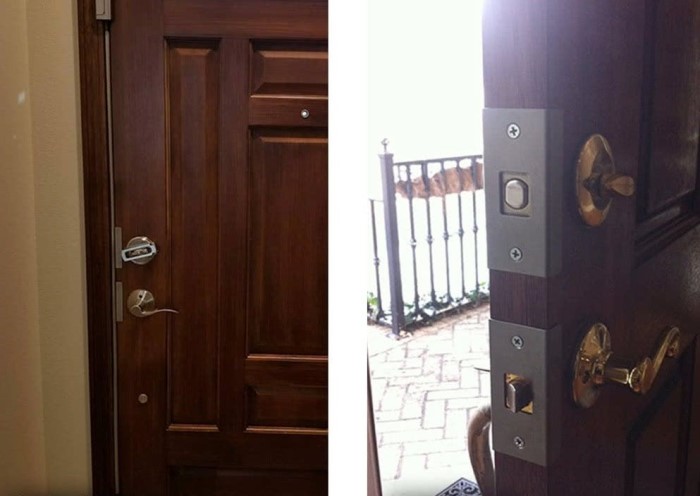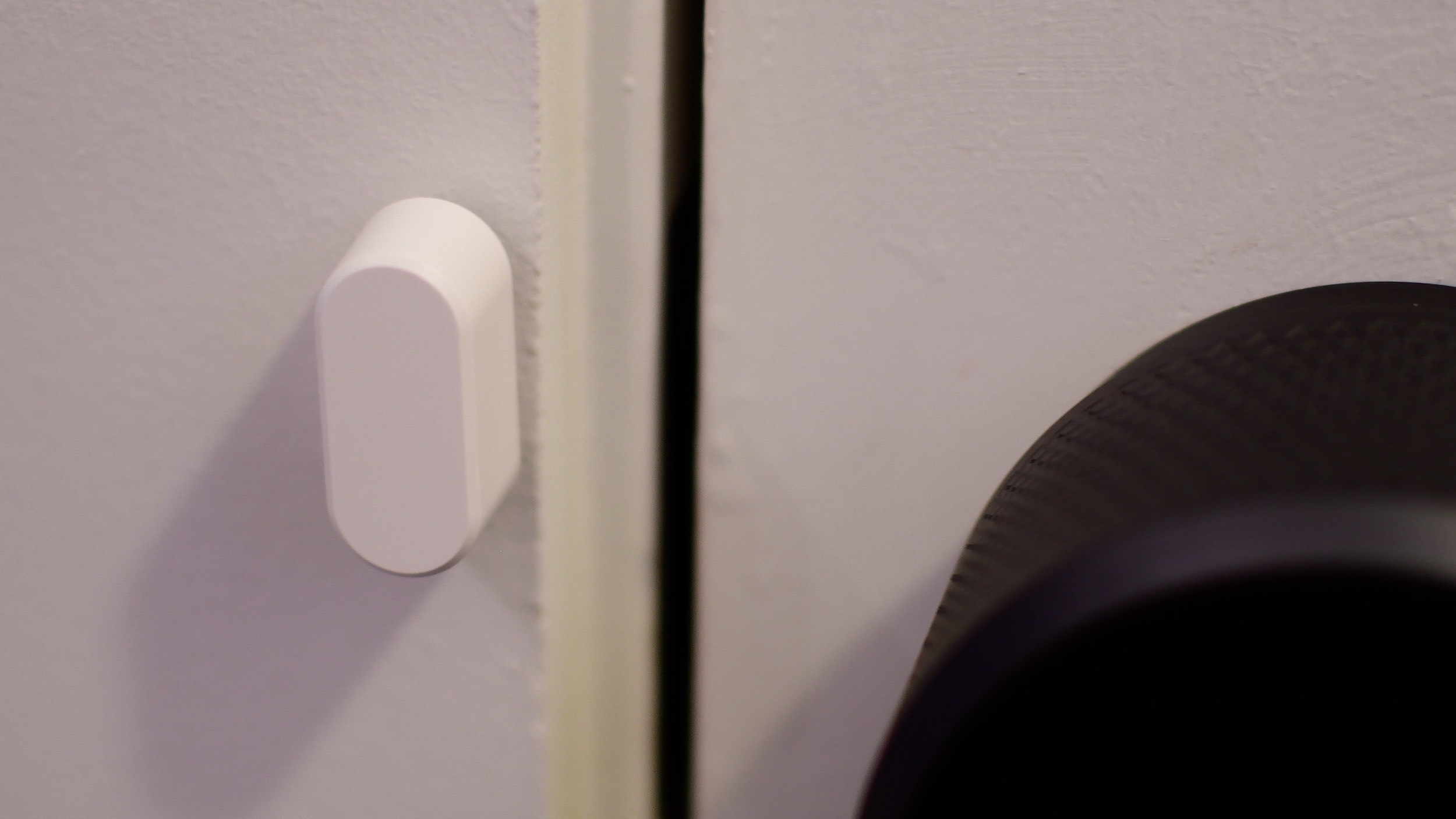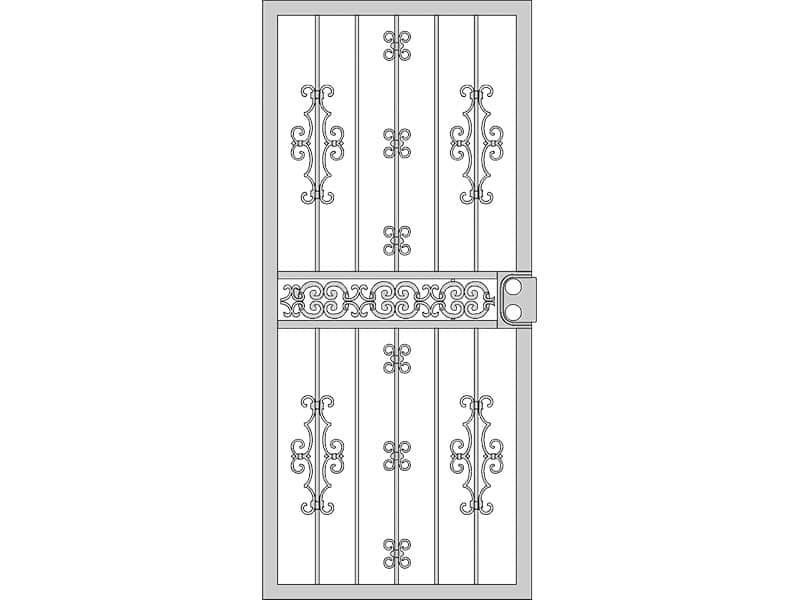
Nest Secure is the new home security solution from Nest. It's an ideal option for those looking to begin their journey into the smart home. The system is simple to install and operate, and also works with other Nest devices.
Before you choose the right home security system, there are several factors to consider. Compare the price, features and services of third-party monitoring. You'll need to decide if your home security system will be installed professionally by Nest or DIY.
Nest Guard, the central hub, comes with Detect sensors that monitor openings of doors and windows and motion detection. Each Detect can be set up to be disabled if the user is away. The Nest x Yale lock can be paired to the Nest x Yale sensor in order to prevent burglars from opening your door without triggering an alert.
Set a code or password to unlock your base unit. You may also create different codes that can be used by members of your household to arm and disarm the security system remotely. You can also swipe the key fob on the base unit to disarm it.

Once you've configured everything, you can arm the system from the app or from a phone. It can be confusing at first since you must press the button of the base unit, or tap the remote, before the alarm sounds. However, once you become accustomed to the process, it is very straightforward.
When the alarm goes off, you'll get a text message from Nest, which can be handy if you have kids who need to be reminded to turn it off. The Nest app also lets you view your history and see what happens when a particular sensor is armed or disarmed.
There's an optional battery backup to keep your security system running for at least 12 hours in the event of a power outage. For added peace of mind, you can also choose a cellular backup in some regions.
Nest Aware is a subscription service that allows you to view video clips, custom activity zones and time-lapses as well as receive intelligent alerts and record continuously 24-7. There are three levels of service, each with more features.
Nest Secure can also be controlled via a mobile phone, which is great for those in rural areas without reliable Wi-Fi. And, in addition to a basic service, you can upgrade to a paid Professional Monitoring plan that'll automatically notify the police if a verified alarm is triggered.

Google Assistant is also available to activate your system. This eliminates the need to remember any passcodes or touch screen buttons. This is an excellent feature for those who are always on the go. It's also a welcome addition to Nest Secure.
Nest Secure is much cheaper than its competitors. It also has an attractive design, which should be appealing to anyone looking for a starter package in smart-home technology. Although it is more affordable than some of its competitors, the Nest Secure system's lack of third party integration and low customer support scores are a bit disappointing.
FAQ
Can ADT hackable?
ADT security systems are one of today's oldest home alarm systems. ADT Home Security System is still considered the best choice by many consumers. They simply trust its reputation of being a reliable company dedicated to protecting homes from burglars and fires.
As with all things, hackers can compromise even the most trusted organizations. Hackers have the ability to hack into networks and steal sensitive data at any time. Hackers can gain access to all data on your network and the ability to modify important settings. Hackers can change passwords and delete files. It's important to recognize that hackers might try to hack into your house just because you can't see it. It is important to be armed with information about how to protect your systems.
What are the differences between home security systems?
It is important to consider the threat level in your locality. If there is a lot crime in your area, you may want an alarm to sound when someone enters your home. You may not require as much security if your home is in a rural area with few burglaries.
Consider whether you are prepared to pay more for advanced features. Some systems include cameras built in, while others do not. Some systems let you remotely monitor your house, while others require you being physically present to view the footage.
What is the easiest home security system to install
These systems are considered the most effective for home security and do not require any type of installation. These are "plug-and-play" systems that work like magic. It is as simple as plugging them into the power socket and connecting them to the Internet using a wireless network router. Once connected, everything will be available for you to manage from anywhere around the world.
What is the best home surveillance camera?
You should invest in a home security system that includes cameras to protect your family and property from potential criminals. These systems are simple to use and offer great benefits for homeowners as well as renters. They allow you to monitor your home remotely from any smartphone, tablet, laptop, or other mobile device.
Statistics
- Most home security companies will charge you around 75% of the remaining term of your contract if you cancel early—and some require 100%.Related questionsWhat type of contract length can I expect from security providers?Home security system cancellation (safewise.com)
- Depending on your insurance, 24/7 professional monitoring may qualify you for as much as 15% off your premium. (safewise.com)
- Unlike other online safety services that charge up to 100 percent of your monthly fee, Cove charges no upfront fees and has no hidden costs.
- Most home security companies will charge you around 75% of the remaining term of your contract if you cancel early—and some require 100%.Related questionsWhat type of contract length can I expect from security providers?Home security system cancellation (safewise.com)
External Links
How To
How to Install an Home Security System
A home security camera is a device that monitors your house and alerts you when there's activity. It could consist of a motion sensor and doorbell camera as well as smoke detector, smoke detectors fire alarm, flood alerts, carbon monoxide detectors and burglar alarms. A home security system is usually composed of one or several sensors (e.g. motion detectors), that send signals when there's movement or sound. The signals are then sent over to a control box where they are monitored and recorded. A control panel will alert your phone, tablet or computer if something is wrong. You will be notified immediately and you can take immediate action.
First, you must choose the right type sensors for your home to install a home security system. There are two main types, passive and active. Passive sensors don't require batteries; they just pick up sounds and vibrations from their surroundings. They can be doorbells or sirens as well as buzzers. Active sensors transmit data by using electricity. Examples of such sensors include cameras and motion sensor.
There are many brands of sensors today. Each brand has its advantages and disadvantages. Some sensors can withstand extreme weather conditions, while others cannot. Some of them have built in speakers so that you can still hear them from outside. Others work only inside. Some have simple features, while others provide advanced features like night vision.
After deciding on the best type of sensors for your property, you'll want to choose a manufacturer. This will help you ensure your sensors work well together. There should be many options at your local hardware store.
After you have chosen a brand, you will need to decide how many sensors you wish to purchase. Most people start with one or two sensors, depending on whether they live alone or with family members. If you have plans to purchase additional sensors in the future, it might be worth buying more than you currently need.
Next, decide where you want the sensors to go. Do you want them near windows and doors? Or are you happy to keep them hidden? Make sure you get permission before placing them around your property. They should not be in conflict with any electrical outlets.
After you've determined the location of your sensors, you will need a way that they can be connected to your control panels. Depending on your setup, you may need to purchase a power adapter or battery pack. Once you have everything set up, you'll be ready to monitor your property!